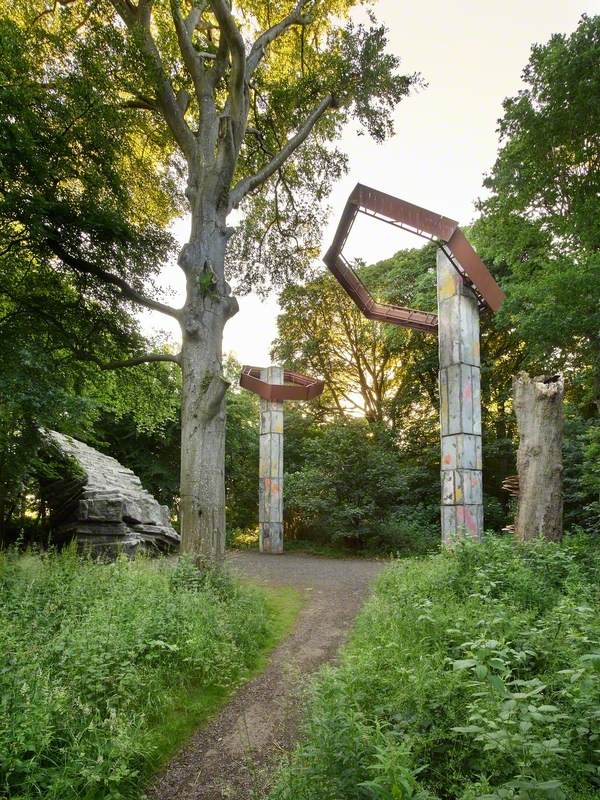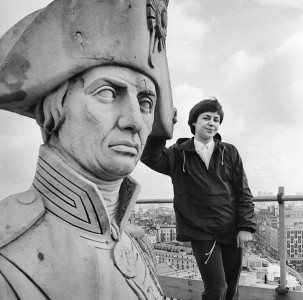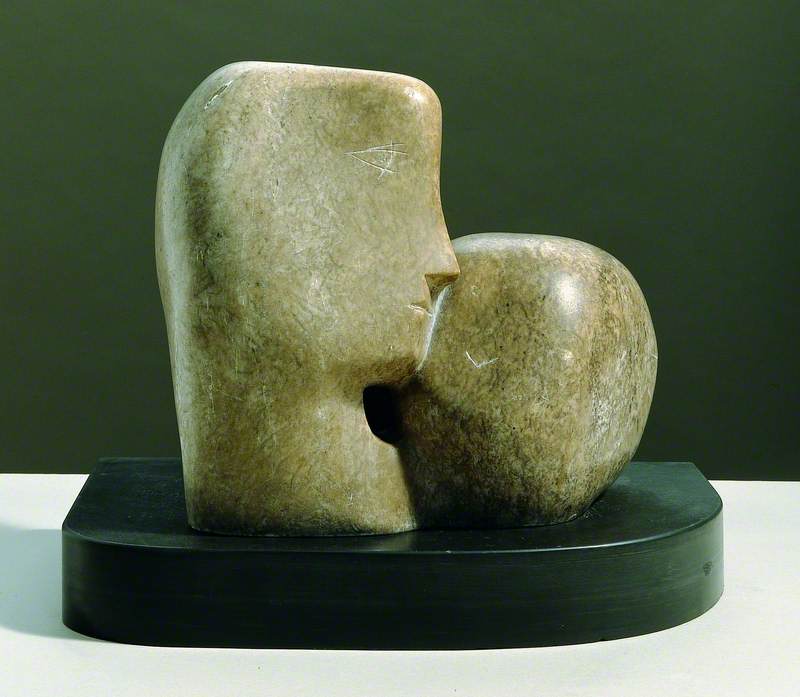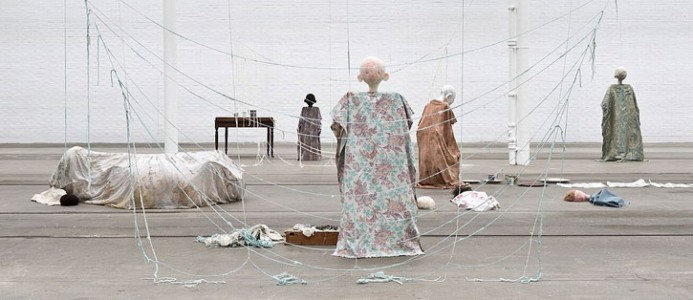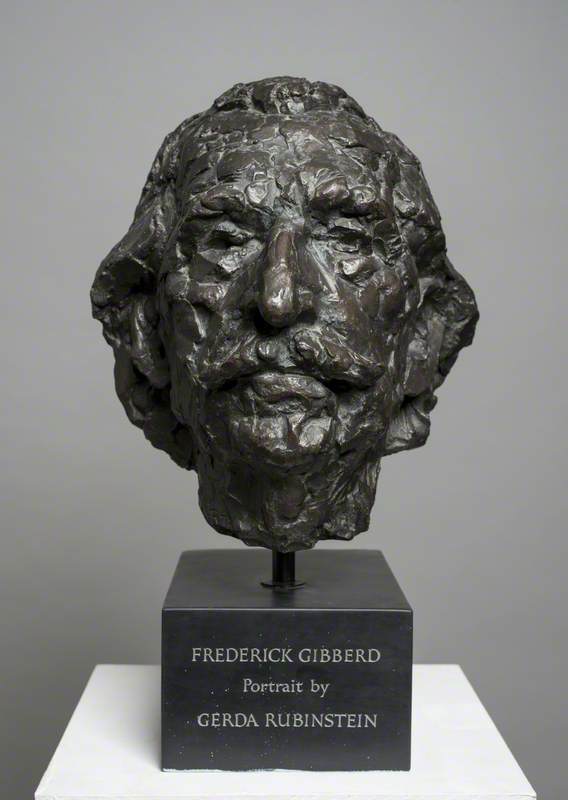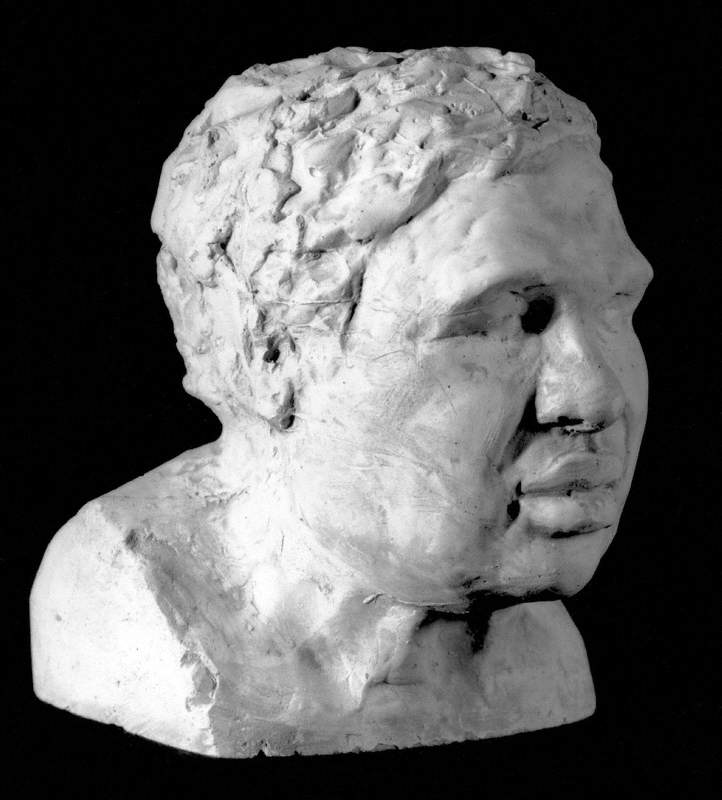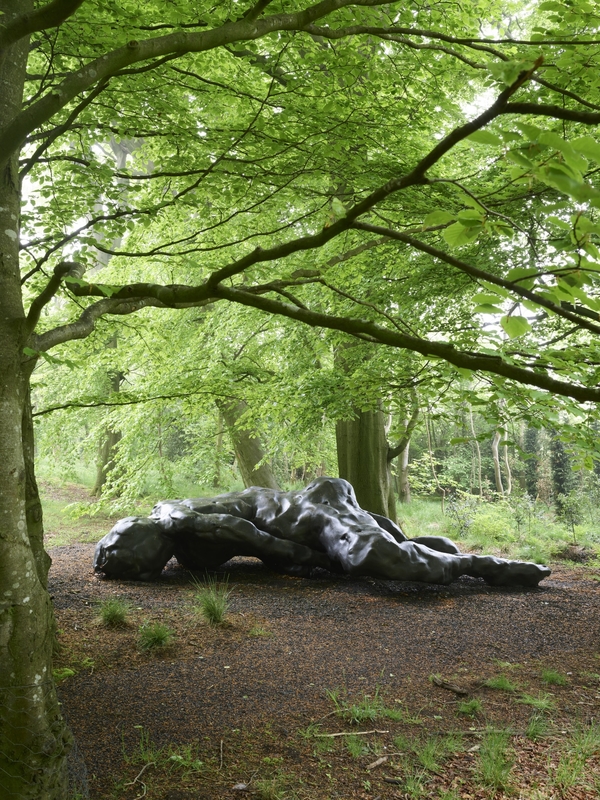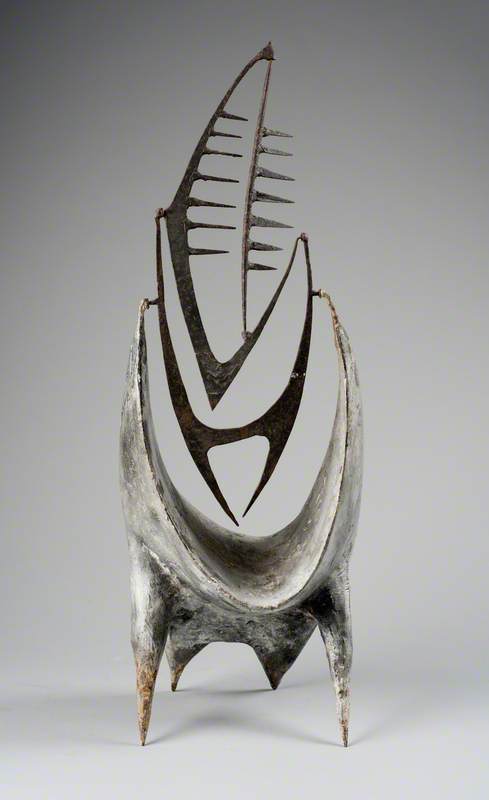A new podcast series — Sculpting Lives — written and presented by Dr Sarah Victoria Turner (Deputy Director, Paul Mellon Centre for Studies in British Art) and Jo Baring (Director, The Ingram Collection) explores the lives and careers of a number of women who contributed in groundbreaking ways to the histories of sculpture and art.
Each episode takes a woman sculptor as its subject, exploring the artworks, networks, connections and relationships of these artists. Sculpting Lives includes new interviews with curators, friends, family and the artists themselves, and is recorded in places that are significant for these women — their studios, as well as galleries and public places where their work is on display.
Phyllida Barlow is one of the best-known sculptors working in the UK and has had major international shows, including representing Great Britain at the Venice Biennale in 2017. Her vibrantly coloured work is instantly recognisable, often taking familiar, cheap and everyday materials — such as timber, cardboard, polystyrene and fabric — to create sculpture that pushes at the definitions of the art form. At first, her sculptural installations look like an assemblage of materials that could have been found on the street. But look closer and you will find the marks and methods of the artist's construction left clearly for us to see — the drips of paint, the joins connecting two pieces of wood, the splash of poured concrete. Barlow's work asks us to question why and how her work was created.
Barlow is a studio-based artist, working in a large warehouse space that can accommodate the scale of her production. Many of her works are huge — any visitor to her recent exhibition at the Royal Academy in 2019 or her Duveen Galleries commission at Tate Britain in 2014 will remember walking through these installations, with sculptural forms looming over them. However, as Barlow explains to us in this candid interview, which took place in her busy studio, having the space to make work of such ambitious proportions only became an option relatively late in her career.
Phyllida Barlow
In this episode of the Sculpting Lives podcast, we ask Barlow about her recent successes and how they have impacted her, how she came to sculpture, and how she both defines and disrupts what sculpture is.
For much of her working life, Barlow was an influential tutor to a younger generation of artists, teaching for an incredible 40 years at the Slade School of Art, where she taught artists such as Rachael Whiteread, before finding wider acclaim in her 60s.
Reflecting on her own training, and the barriers she faced as a young woman embarking on a career in sculpture in the 1960s, Barlow remembered a jaw-dropping comment made by her tutor, the sculptor Reg Butler: 'The first time I met him he said "because you're a woman, I'm not that interested because by the time you're 30 you'll be having babies and making jam".' Barlow took this to be more of a challenge than a dismissal. 'It's interesting to have those challenges thrown down, but you've got to muster this tremendous single-mindedness… These things act as the most extraordinary trigger for your future,' she reflected. This determination has stuck with her as she has navigated the challenges of the art world and dedicated her career to this vision.
Another of our interviewees in this episode, Royal Academy curator Edith Devaney, observed that Barlow is not content to sit back and reflect on her recent success — rather she is constantly working to disrupt her own history, grappling with the language of sculpture and thinking about the future relevance of sculpture as an art form in our world. Barlow makes monuments to the anti-monumental, on the one hand elevating the everyday to epic proportions, and on the other, bringing the lofty and grand language of sculpture down to the level of the viewer.
Jo Baring, Director of The Ingram Collection of Modern and Contemporary British Art, and Sarah Turner, Deputy Director for Research at the Paul Mellon Centre for Studies in British Art
Find the Sculpting Lives podcast on Audioboom where you'll find listening options, and follow the podcast on Instagram
Sculpting Lives podcast


